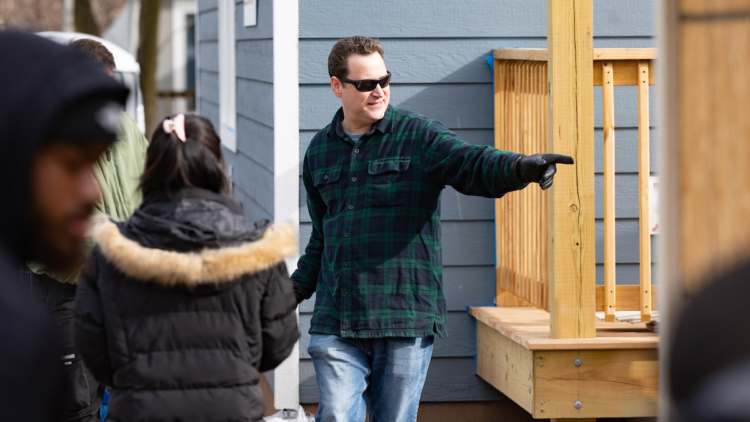Police work can enhance quality of life in neighborhoods, according to Missouri State University’s Dr. Ron Malega, but policing has come under fire in recent years while many people question the “use of force.”
Malega, a former officer turned associate professor of geography at Missouri State, also worked at the Bureau of Justice Statistics. About 10 years ago, he conducted a “use of force” study nationwide.
“In some ways, any time you use force, it’s kind of a failure,” he said. “You have to make an arrest, and you have to use force to facilitate something. Every law enforcement officer knows that. But when that happens, there’s a breakdown.”
In his published research, Malega found that instances of force are fairly rare.
Developing a solid survey
“I don’t think any police officer in my experience is going out thinking they want to use force,” Malega said. “Ethics aside, it’s also easier to handle a situation and avoid paperwork if not using force.”
Collecting data from the more than 3,000 state and local law agencies in the U.S. was a challenge. Many people told Malega that collecting this type of information couldn’t be done.
Malega took care in developing the survey mechanism with Joel Garner, retired chief of the law enforcement statistics unit at the U.S. Department of Justice. They wanted to eliminate the subjectivity of “use of force” and ensure consistency across reporting.
“His work at the Census Bureau helped to improve the statistics we produced,” Garner said. “But police managers, not statisticians, had to understand the survey before they could complete it.”
Volunteers on the force
Malega also studied the use of “sworn volunteers” or unpaid volunteer officers.
While he uncovered many jurisdictions using these sworn volunteers, he also saw great variation between the level of required training and stated rights and abilities.
“Bigger cities and areas that suffer from more socioeconomic disadvantage were actually more likely to use what are comparable to sworn volunteers,” Malega said.
However, the use of these volunteers didn’t indicate the area had a higher crime rate to begin with, he added.
This ties into his geography background and investigations into the variables of neighborhood quality that shape differences between areas.


Leave a Reply